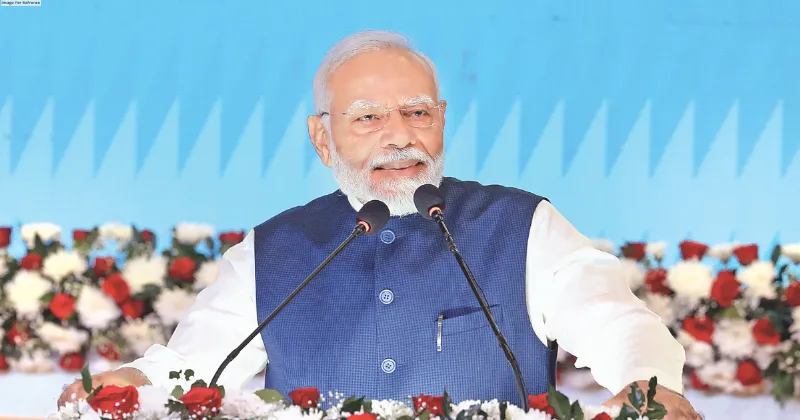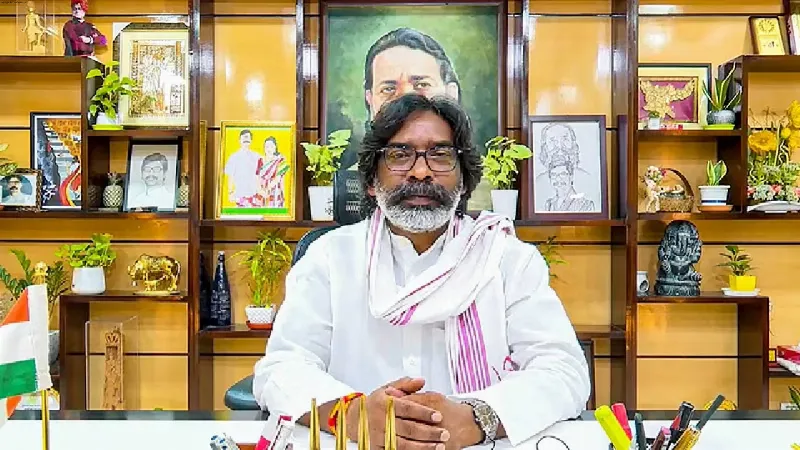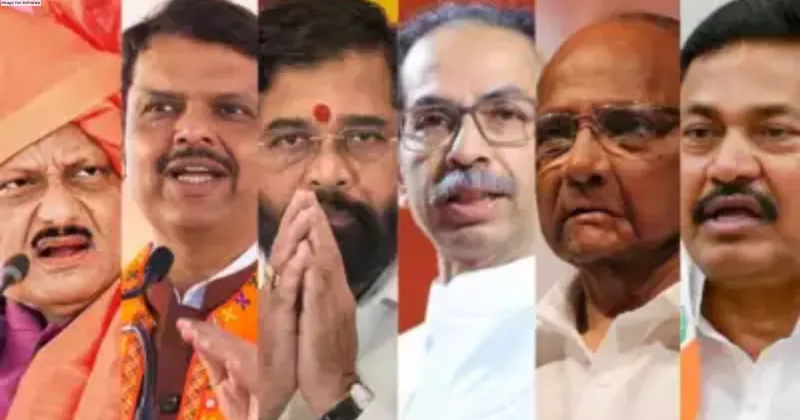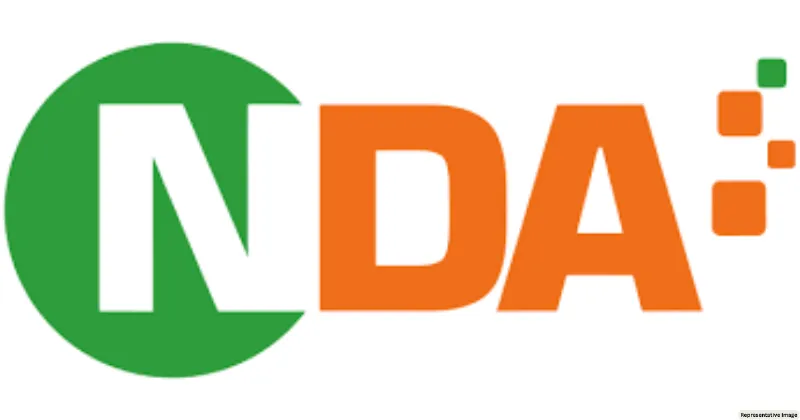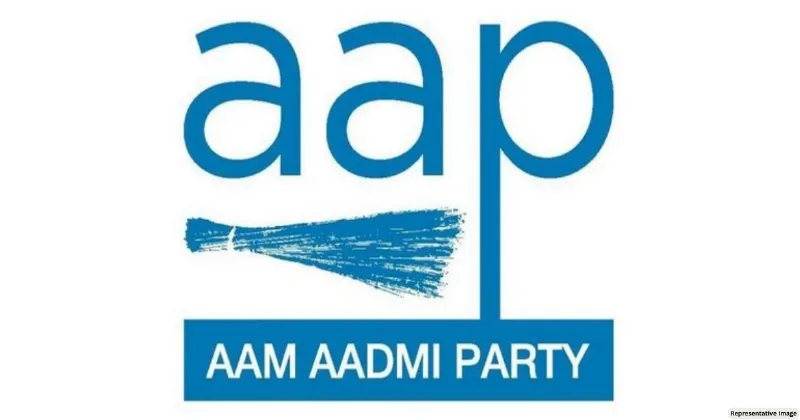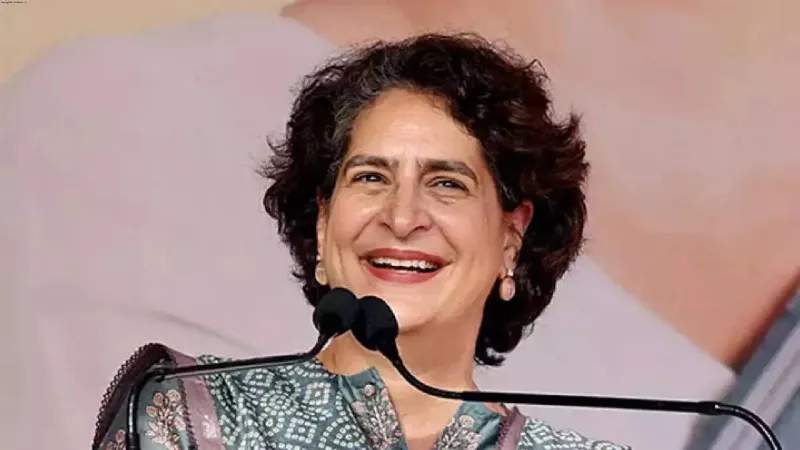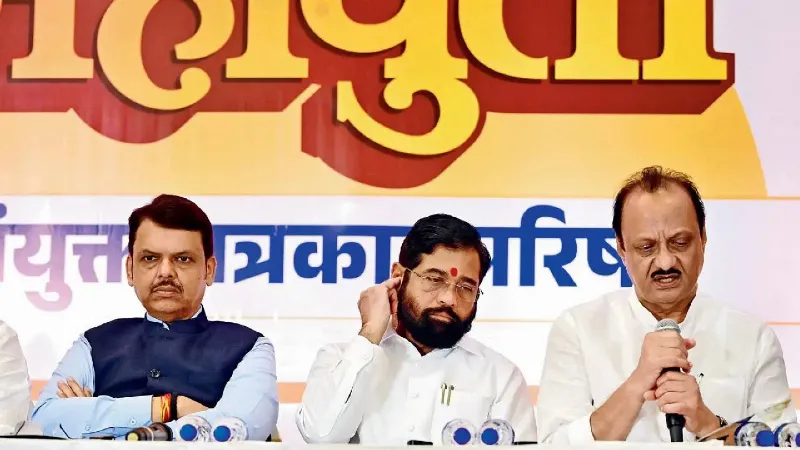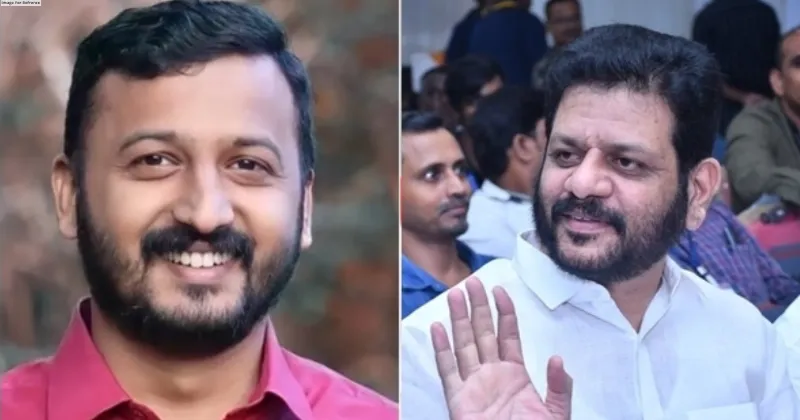Latest News
POETRY, PODCASTING, PHOTOGRAPHY EVOLUTION OF HUMAN EXPRESSION

Art in my childhood was a monologue which was centralised and undemocratic .It reflected privileged ownerships and was caught in traditional realms of art galleries and literary salons.
Sunday morning’s tranquillity echoed AIR’s ( established 1930) Vividh Bharati & Akash Vani. Newspapers carried everyday’s socio political issues of Common man by RK Laxman in TOI, political commentary by Abu Abraham in IE, and off course the humour of urban rural India by Mario Miranda.
Where was the Poetry ? Yes, it was in books as always. All the poets were alphabetically arranged in bounded books. The expression of art was all univocal . The everyday man had no platforms to vent his expressions.
For centuries, the art was colonialist in museums being revered by elites. However the change was gradual.The canvas started to evolve from renaissance period where middle class was involved for first time in patronage of artistic expressions. Later during industrial revolution and with the rise of printing press , photography and television , the tapestry found a new canvas which made the art more accessible and affordable to middle class.
A GLIMPSE AT EVOLUTION OF ART
Ancient and Classical Periods: In ancient civilisations such as Mesopotamia, Egypt, Greece, and Rome, art was primarily commissioned and controlled by rulers, religious institutions, and elite patrons. However, there were also examples of more democratic forms of art, particularly in democratic city-states like Athens, where public spaces were adorned with sculptures and murals that reflected the values and aspirations of the community.
Renaissance: The Renaissance period in Europe (14th to 17th centuries) marked a significant shift in the decentralisation of art. With the rise of humanism and the revival of classical ideals, there was greater patronage of the arts by the emerging middle class. Artists gained recognition and support from a broader spectrum of society.
Enlightenment and Romanticism: The Enlightenment period (17th to 19th centuries) saw a focus on reason, individualism, and the pursuit of knowledge, which influenced artistic movements such as Neoclassicism and Romanticism. Romanticism, in particular, emphasised the expression of emotions, imagination, and the sublime, leading to a democratisation of artistic expression as artists sought to break away from established conventions and embrace personal freedom.
With the internet, the proliferation of social media, online platforms, and digital technology has accelerated the decentralisation of art. De centralisation revolutionised the way we create , consume, interact with arts, poetic expressions and pod casting. The cusp is the re imagination of the creator and audiences relationship and a reflection of evolving nature of human expression.
The everyday poetry of common man now broke the ethos,norms and patterns guided and governed by grammar & traditional linguistic style. The tapestry now is more personnel, which talks about his individualistic political inclination, breaking societal shackles and re imagining the imagined.
The new age Poetry is bohemian & this de centralisation of canvas has blown life into this dying art. The language is unique, expressions are individualistic and this new age poetry celebrates diversity, creativity, and innovation. Themes are personnel which speak on loss, life, love and much more. The vulnerability is out in open, and intricacies of human emotions are authentic which cut lines of traditional expressive forms and reach the audience at personnel level.The poetic expressions are often hybrid which have blurred the rhyming of archaic and verse compositions.
The old age shutter camera gave you 35 chances which either required deep pockets to fulfil your artistic abstracts or a proficiently disciplined and rare accommodative trained eye. It limited your options. With the arrival of DSLR’s the shutter speed went as fast as 1/4000th of a second to as slow as 30 seconds or more. The limit of a shutter camera here refers to the shortest exposure time that the camera can achieve. The democratisation of photography has empowered amateur photographers to explore their creativity and experiment with different styles, techniques, and genres of photography. The hash tag captures audiences beyond literary circle and engages real time readers , curators and “just the listeners.” ”Hashtag is the New Age” reflects how hash tags have transformed the way we communicate and engage with information in the 21st century. They have democratised access to information, allowing individuals to participate in conversations, contribute to trends, and express their opinions on a diverse range of topics. Hash tag has decentralised the venting. Hash tags are algorithm on social media which form opinions, structure and re align the ‘wave.’
Social media has of course de- centralised and democratised the ART. The ideas & stories, have been democratised by twitter & Insta handles .The shared opinions empower the individual philosophies and also are catalyst to social reforms.
The Peril’s of decentralisation- As social media algorithms shape the way content is curated and consumed, there is a risk that traditional forms of art and poetry may be overshadowed by trends and viral sensations. In this age of digital abundance, it is crucial to preserve and celebrate the rich diversity of Indian artistic and poetic traditions, ensuring that they continue to thrive in the digital age. As we continue to navigate the everexpanding landscape of digital creativity, let us embrace the decentralised canvas as a space for collaboration, exploration, and collective growth.
THE VIEWS EXPRESSED BY THE AUTHOR ARE PERSONAL
Ashish Gaur The writer is Senior Surgical Associate and Senior Manager in Cardiac Surgery in Mumbai

